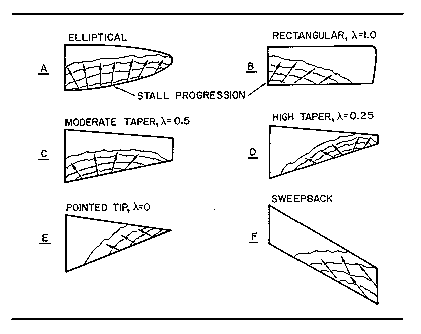Ted
The pilot formerly known as Twin Engine Ted
- Joined
- Oct 9, 2007
- Messages
- 29,892
- Display Name
Display name:
iFlyNothing
Yep -- full break straight ahead and in turns. As long as ball was centered -- straight ahead.
Radar pod certainly would cause drag on one side.. did it dip in that direction?
Yep. Right wing dropped.
Ball's centered.




